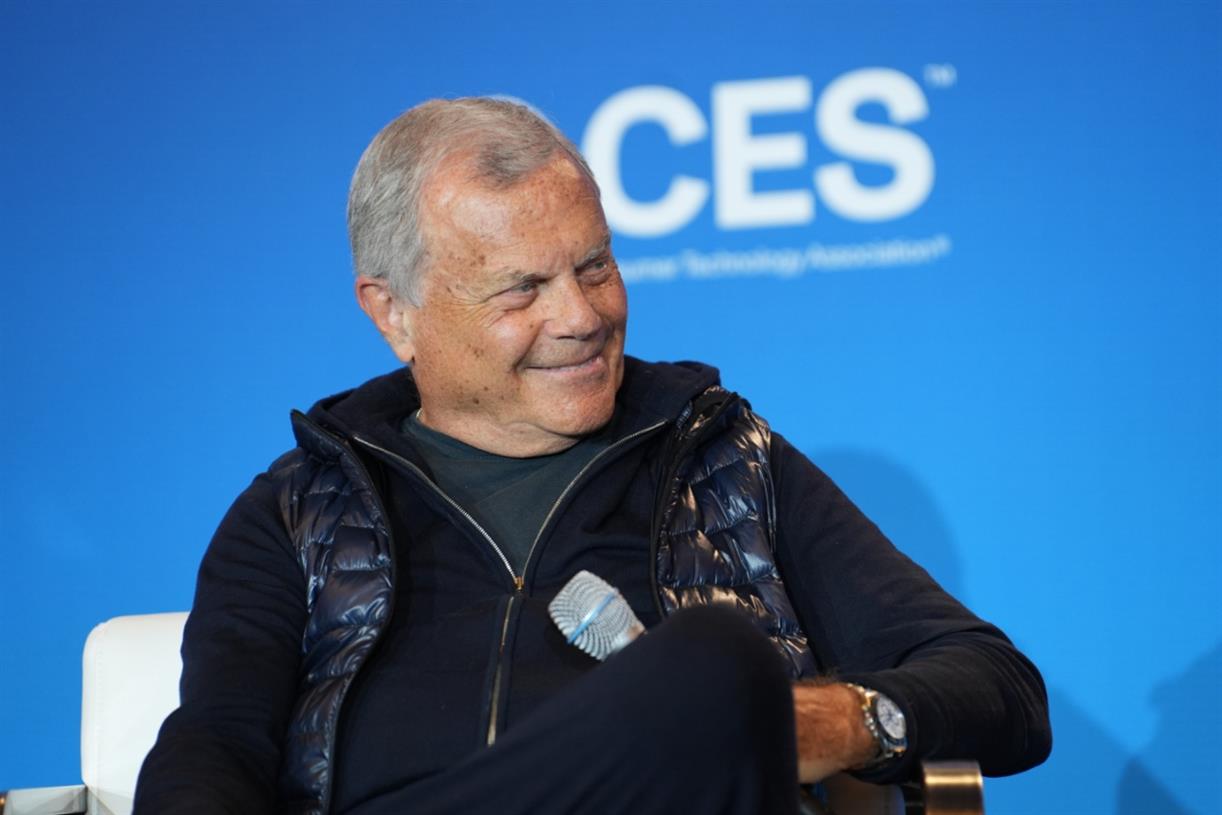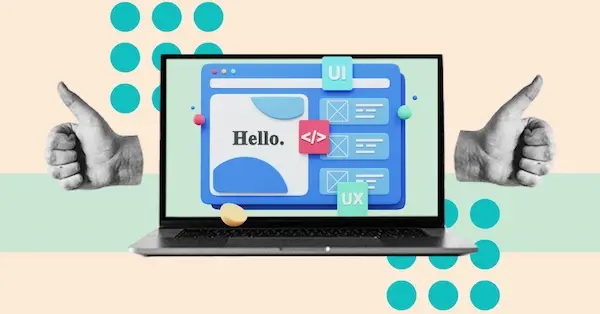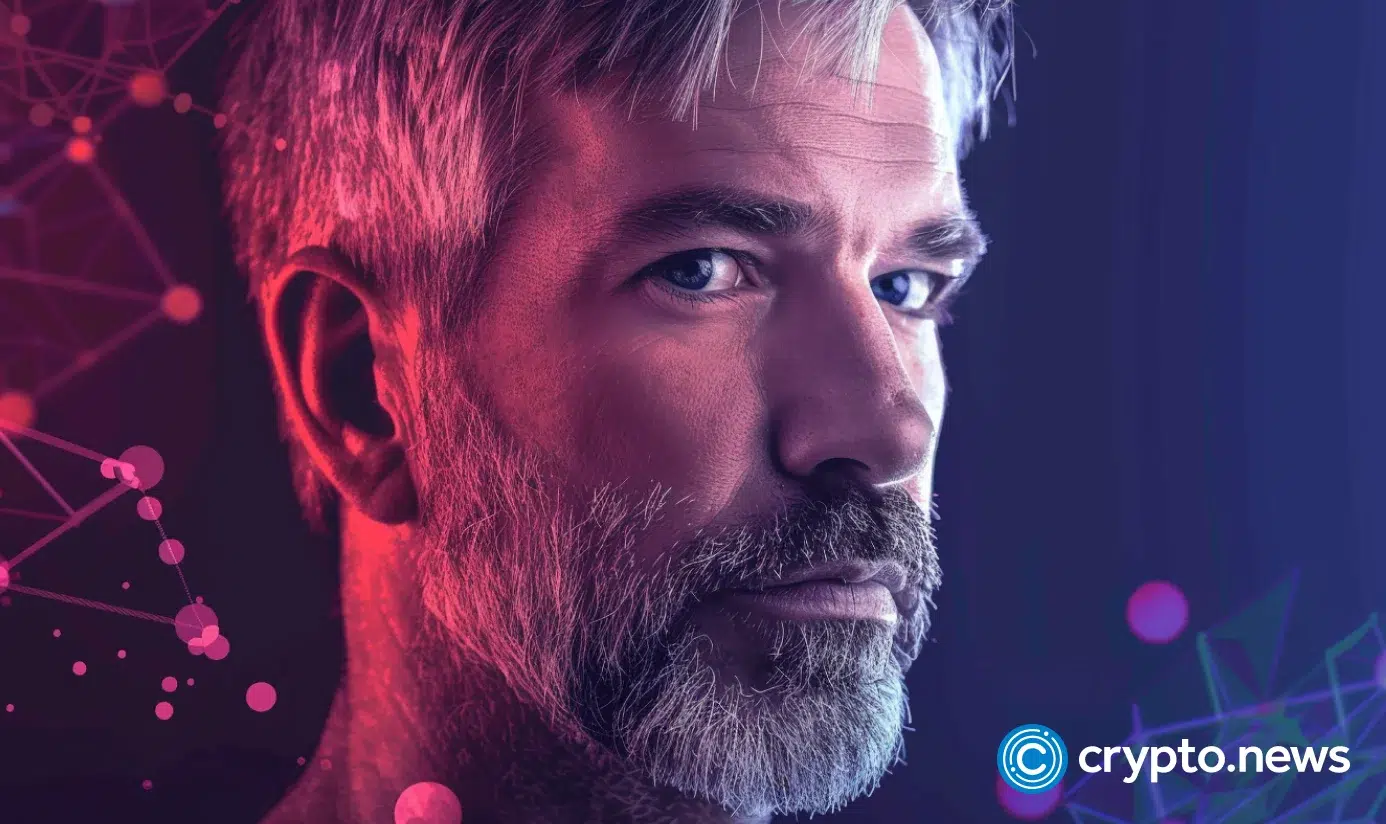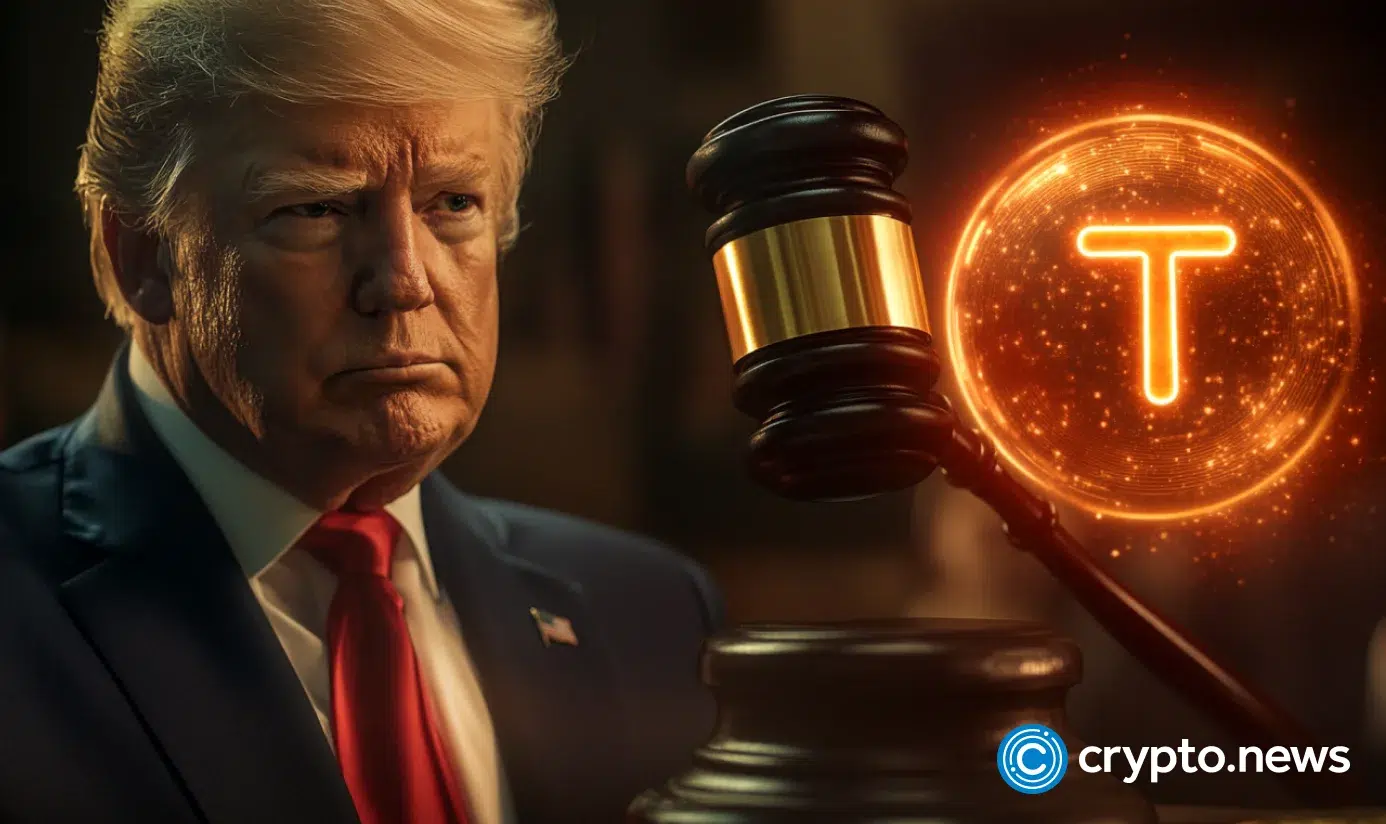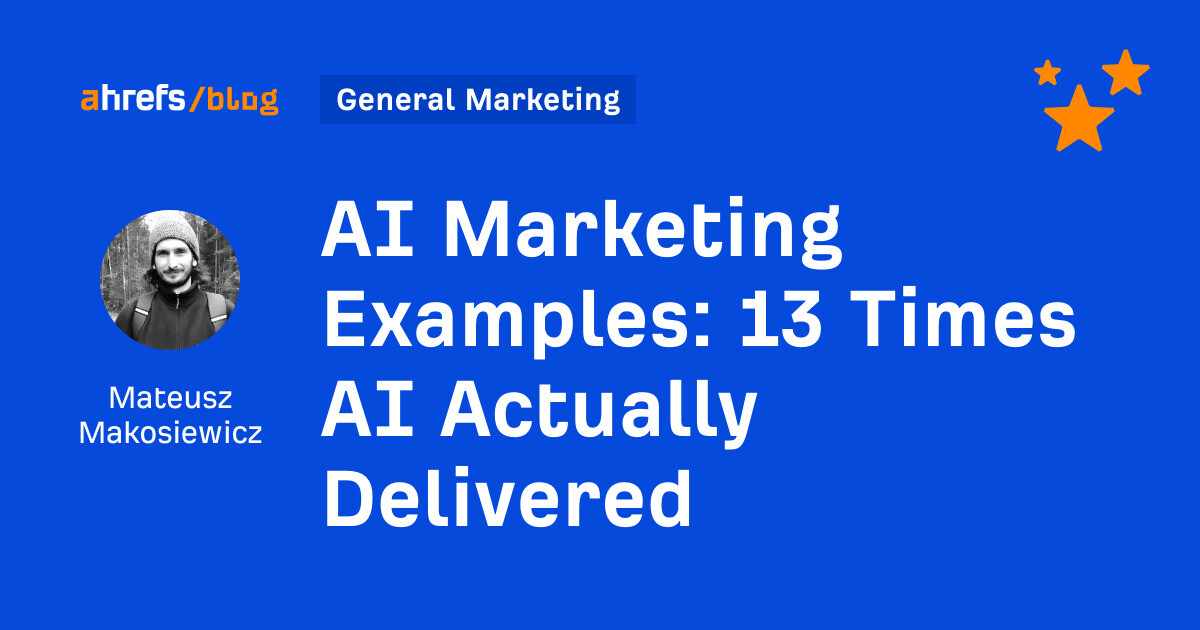LinkedIn Will Enable Third Party Apps To Display Its ID Verification Markers
Adding more assurance in digital connection.
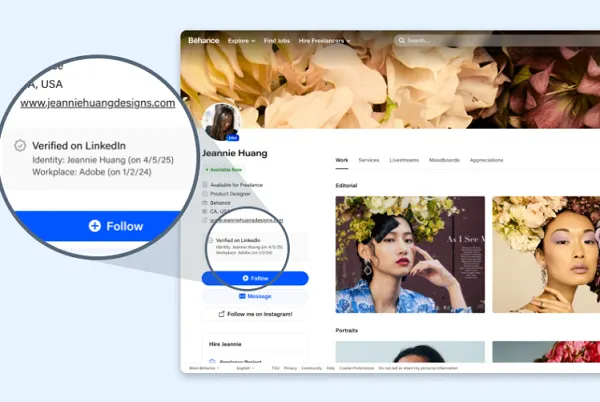
LinkedIn will now enable third-party platforms to display its ID verification markers, as a means to expand identification to more web elements.
Which could be a good way to solidify professional connections and relationships, by adding an extra layer of assurance within the process.
Originally launched in 2023, LinkedIn’s free ID confirmation process uses third-party providers to confirm a users’ identity, which then enables those users to display a confirmation tick in the app.

With this, all users are able to confirm that they are indeed who they say, as opposed to celebrity or paid verification checkmarks in other apps.
LinkedIn’s been expanding the option to more regions, in partnership with local ID verification providers. And now, it’s also enabling partner platforms to display its ID verifications in their own apps.

As you can see in this example, Adobe is now integrating LinkedIn ID into its listings, expanding the value of LinkedIn’s verification, while also eliminating the need for Adobe to establish its own verification process.
As reported by The Verge:
“Adobe is integrating LinkedIn verification into its new Content Authenticity app and existing Behance portfolio platform, allowing creators who’ve gone through LinkedIn’s verification to display a “Verified on LinkedIn” badge on their profiles. If verified creators use Adobe’s digital Content Credentials tools, their identity will also appear alongside their work whenever it’s shared on LinkedIn.”
Which could be a valuable update.
LinkedIn says that over 80 million of its members have undertaken its voluntary ID confirmation process, and that expanding network of verified, ID-checked profiles could help to better link online identities to real people, in order to combat spam, bot farming, and impersonation.
Many have long called for universal verification in social apps, in order to better enforce behavioral rules, by making people more responsible for what they say. But anonymity is also a key consideration for many users, and thus far, there’s been little movement on trying to implement laws requiring user ID.
But initiatives like this provide an alternative, and given its professional focus, you can see why LinkedIn members would be more keen to show that they are real people, in order to help secure business relationships.
But it also shows that universal ID verification is possible, by using third-party partners.
Maybe that’s a path for regulators to consider, which could eventually lead to a form of ID being required for all social media accounts.
Along the same line, LinkedIn is also planning to expand its support for Adobe’s “Content Credentials”, which enables creators to attach ownership over content via metadata embedded into it.
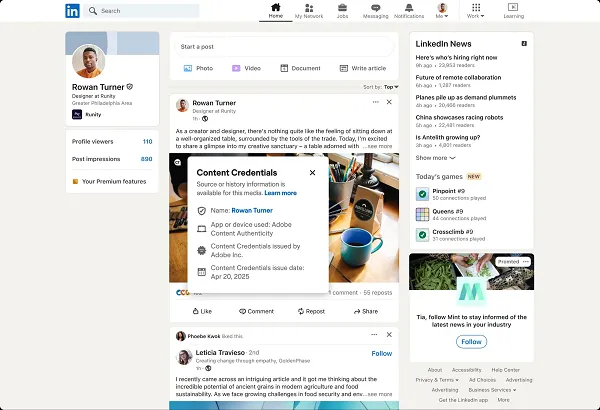
In combination, these new forms of ID verification and digital ownership could add another layer of assurance to the broader web.
And in the age of improving AI fakes, this is set to be a topic of significant focus.

 Aliver
Aliver 







